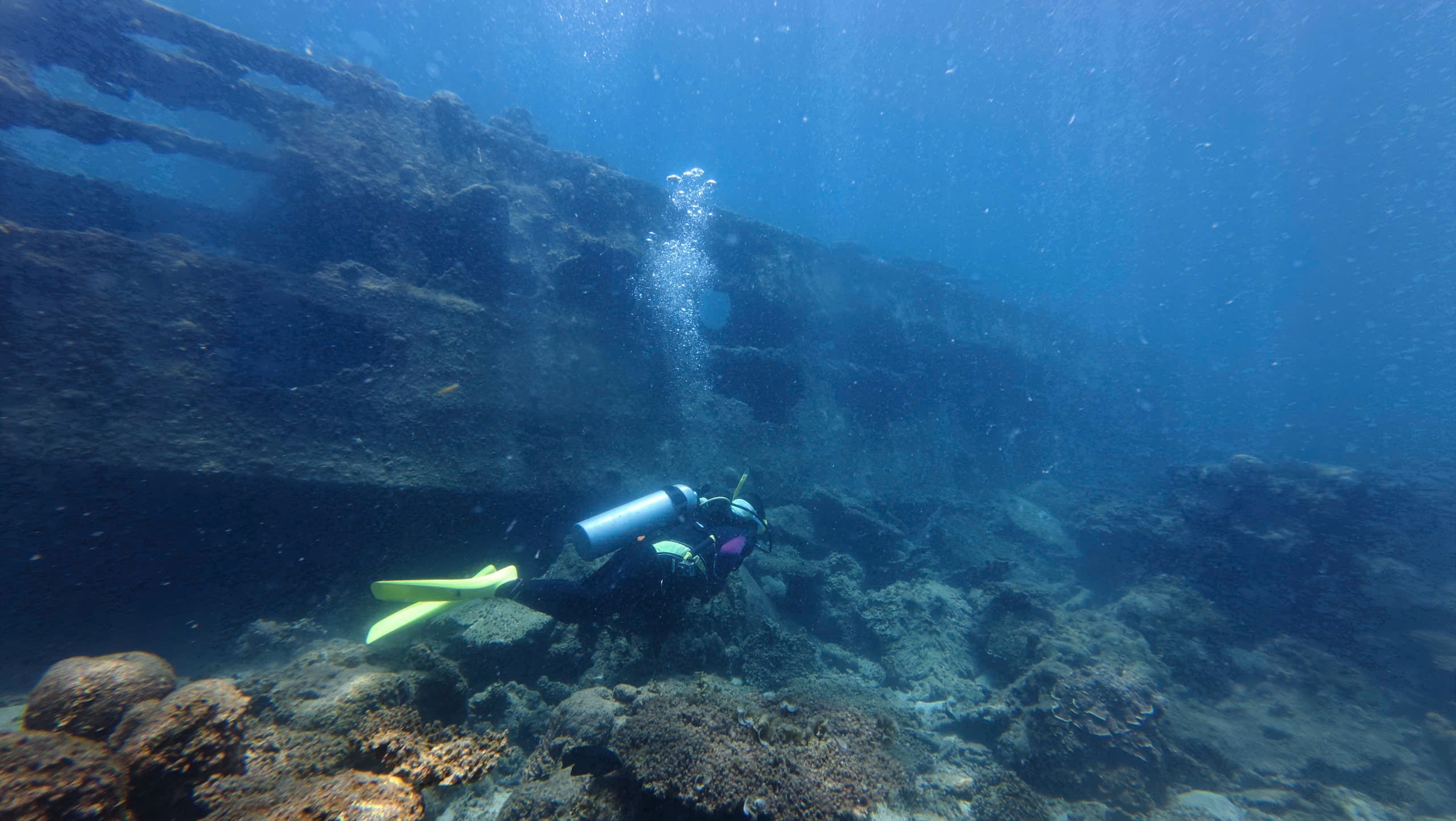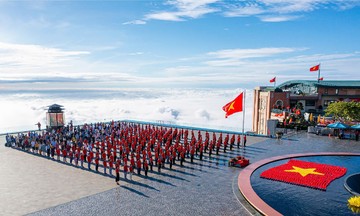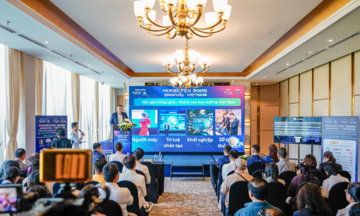Ngo Tuan Tu, director of Amadive Tourism Services, told VnExpress that his company submitted the proposal to sink the Sheng Li at the end of June, around the time Ba Ria - Vung Tau province was preparing to merge with Ho Chi Minh City. The goal is to create a unique marine tourism product, attracting diving enthusiasts. The proposal was submitted to the Ho Chi Minh City Department of Tourism, the Ba Ria - Vung Tau People's Committee (before the merger), and the province's Tourism Promotion Center.
The Ho Chi Minh City Department of Tourism is urging the Ho Chi Minh City Department of Agriculture and Rural Development to complete a report summarizing feedback from relevant agencies and submit it to the appropriate authorities. Previously, the Department of Agriculture sent a document to the Con Dao Special Zone Management Board and the Regional Maritime Port Authority to seek their input on the proposal.
According to Ngo Tuan Tu, these agencies have all responded favorably to the proposal to sink the Sheng Li. However, the specific implementation process has not yet been determined.
 |
The current state of the Sheng Li in the storm shelter on Con Son Bay, August. Photo: Ngo Tuan Tu |
The current state of the Sheng Li in the storm shelter on Con Son Bay, August. Photo: Ngo Tuan Tu
Legally, the Sheng Li is currently subject to asset disposal according to a plan approved by the Ba Ria - Vung Tau People's Committee before the merger, with the plan to auction it for scrap. The starting price is 1.7 billion VND. According to the procedure, the ship will go through two rounds of auctioning. If no entity bids after both rounds, the proposal to sink the ship for dive tourism development will be considered.
The Sheng Li, anchored in the storm shelter on Con Son Bay, is 52 m long, 8.5 m wide, has a tonnage of about 12,000 tons, was built in 2002, and has been abandoned for the past 4 years. According to Amadive's initial survey, due to the lack of maintenance for an extended period, the hull has severely deteriorated, rusted, and is heavily damaged. The interior of the ship contains a lot of waste and thick grease. The ship has 6 interconnected cargo holds, a main engine, two auxiliary engines, a generator, and a propeller, all of which are submerged in salt water, rusted, and no longer operational.
"Sinking the ship will create an artificial reef, attracting professional divers and reducing pressure on natural coral reefs, 80% of which died after last year's El Niño," Tu said, adding that current coral diving tours in Con Dao have also become less attractive due to the loss of biodiversity.
If approved, the company will develop 3-4 tourism products from the shipwreck, including: deep diving tours for certified divers, surface tours for non-divers, diving courses, and tours of the area around the wreck. The proposal suggests the company will have exclusive exploitation rights to the wreck for 10 years.
The process of sinking the ship involves multiple steps to ensure safety and minimize environmental impact. First, the entire ship will be cleaned, and non-metallic parts such as engines, wires, and potentially harmful materials will be removed. The implementing entity will survey the seabed area where the ship is planned to be sunk to assess the depth, bottom structure, and existing ecosystem, and collect water and biological samples for analysis. After the ship is sunk, the company will conduct periodic environmental monitoring from one to 6 months to track ecological impacts, pH levels, and heavy metal pollution, such as lead, in the area.
Tu believes that wreck diving tourism is new in Vietnam but common in Malaysia and Indonesia, bringing high economic value.
"To dive a wreck, you need a special certification, and customers have to pay extra fees to enter that area, so this service creates higher value compared to regular coral diving tours," he said.
 |
Tourists dive to see the wreck of the American warship LCM-8 in Con Son Bay, Con Dao. Photo: Ngo Tuan Tu |
Tourists dive to see the wreck of the American warship LCM-8 in Con Son Bay, Con Dao. Photo: Ngo Tuan Tu
Currently, Amadive operates diving tours to the wreck of the American warship LCM-8 in Con Son Bay. This ship is small, located at a depth of 6-7 m, and takes only about 10-15 minutes for visitors to fully explore. The Sheng Li is twice as large, located at a depth of 30 m, requiring visitors to dive 2-3 times, each lasting 45 minutes to an hour to fully explore.
Tu said he is consulting with conservation experts from Con Dao National Park and the Ho Chi Minh City Institute of Marine Engineering to complete a comprehensive environmental impact assessment (EIA) report, as this is the "first ship sinking project in Vietnam".
"If approved, the Sheng Li sinking project could become a precedent for a sustainable marine tourism development model, instead of just selling scrap metal as before," Tu said.
Bich Phuong












